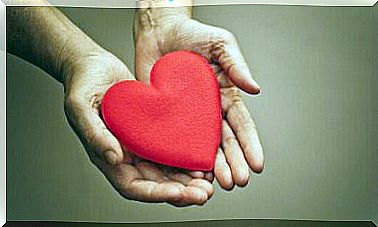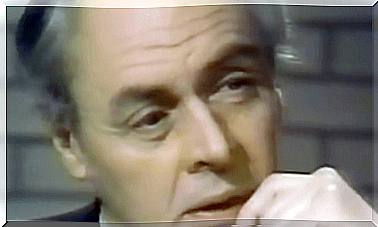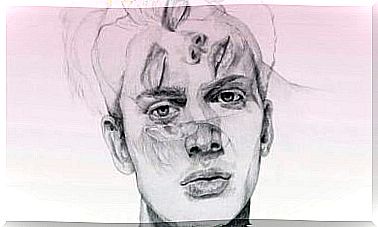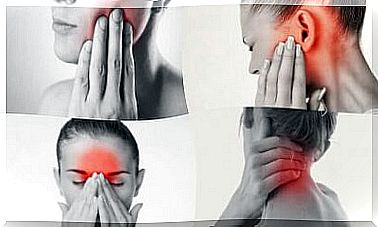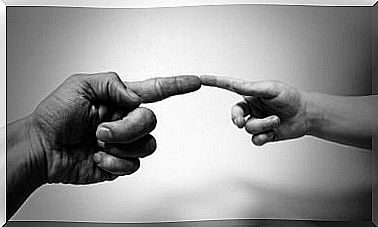The Five Different Types Of Bipolar Disorder

The different types of bipolar disorder have significant effects on the mental state of the victims and also affect the people around them. It is a mental disorder characterized by a commute between depressive and manic states. The result is that the sufferer can switch from intense euphoria and excessive self-confidence to a state of deep despair, anxiety and negativity.
Expressions such as “That person is a little bipolar” or “Today is not my day, I feel a little bipolar” are common in our daily lives. We use this kind of expression perhaps extensively to describe the transient moods we as humans often experience.
And even though we all from time to time feel as if we have ended up in an emotional roller coaster, it is something completely different than living with bipolar disorder. For those affected, it is very difficult to cope with this complex condition.
First of all, there are no two people with bipolar disorder who are exactly alike. All cases are different.
Some closely follow their treatment and manage to live a completely normal everyday life. Others , on the other hand, engage in risky behaviors, do not care to follow medical guidelines, and have insufficient control over their social, personal, or professional lives.
Let us take a closer look at the classification of this mental illness.
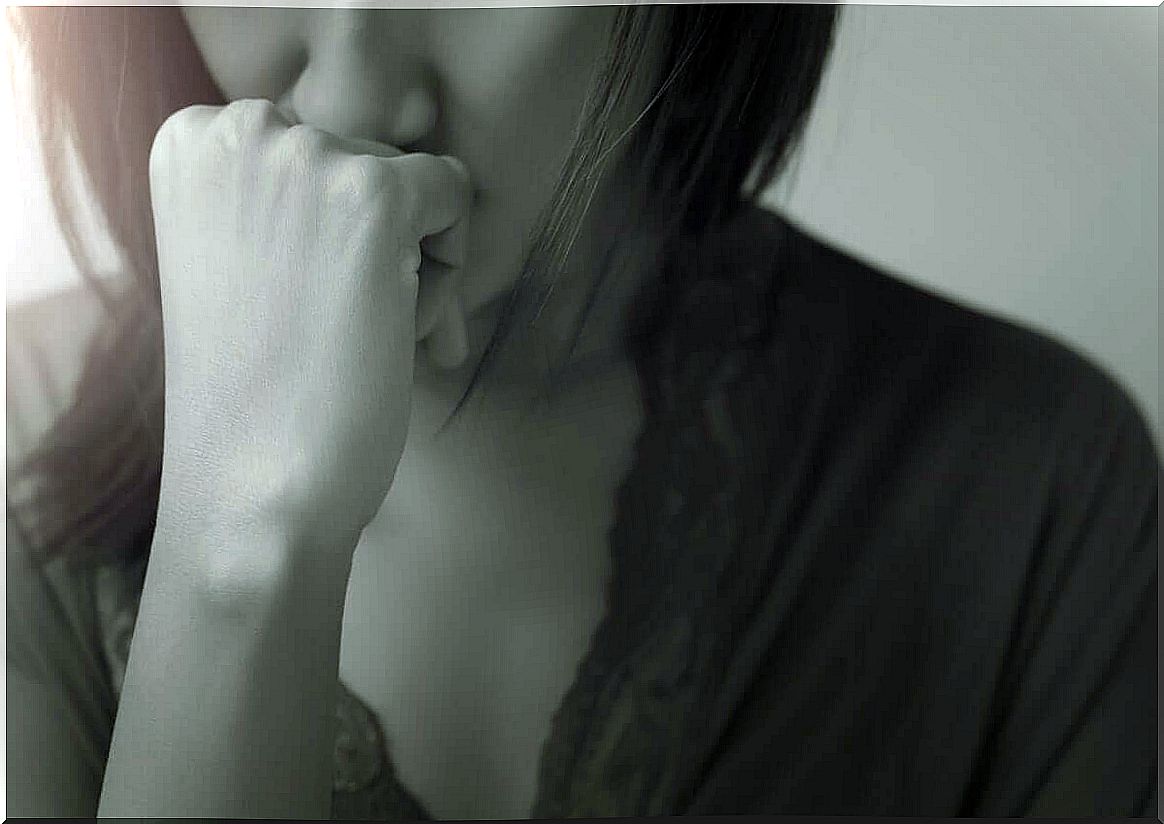
The five different types of bipolar disorder
Bipolar disorder is one of the most common of all mental illnesses and also one of the most serious. We know that it affects between three and five percent of the world’s population and that it can occur early in childhood, although it is usually adults who are affected. It is a disorder that can persist for several years, after which it can go into remission for a period, to perhaps return soon afterwards.
As we have already mentioned, everyone experiences the disease in different ways. Some people suffer from severe depressive episodes, while their euphoric episodes are milder. Others suffer from more intense and bothersome manic episodes. Some get stuck in a certain state for several months, while others quickly switch between the shoots.
In other words, it is not only important to diagnose the disease as soon as possible, but also to find out which of the different types of bipolar disorder it is. Below we will make an analysis of these.
Cyclotymi
Cyclothymia is the mildest form of bipolar disorder. It usually debuts during adolescence, which makes it difficult to diagnose, as it often coincides with the behavioral changes that are typical of this age group. However, it can develop into situations that the family cannot deal with on its own. Here are some of the symptoms:
- Mental instability. The person in question is aware of his condition.
- Mild episodes of depression occur (melancholy, sadness, irritability, altered sleep and eating habits).
- Phases of euphoria, hyperactivity or enthusiasm which, however, are not overly inflated; This condition is called hypomania.
- It can take several months when the person’s feelings, behaviors and moods are stable and balanced. However, it is not uncommon for this phase to sooner or later be accompanied by depression, risk-taking behaviors and foolhardy antics.
- Family members may notice that the person has a very awkward character with startling outbursts and moody mood.
Bipolar disorder type I
This type of bipolar disorder is usually diagnosed when the patient has undergone a manic phase that has lasted for over a week and during which psychotic seizures have also occurred. These situations are particularly serious and, as a rule, the patient must be hospitalized.
- Until recently, this condition was classified as depressive psychosis. The most conspicuous manic episodes are those involving violent behavior, which can also include suicide attempts.
- Type I bipolar disorder can range in severity from mild to impaired. In more severe cases, the individual may have major problems with living an independent life (studying, working, managing their own finances, etc.).
Bipolar disorder type II
Characteristic of this category is that it includes the mildest variant of mania: hypomania. At the same time, recurring episodes of major depression are also more common . To be able to diagnose someone with this type of bipolar disorder, they must have experienced the following:
- At least one episode of hypomania and more than one episode of actual depression.
- Sleep disorders: either insomnia or unusually high need for sleep (hypersomnia).
- Extreme fatigue.
- Unexplained crying.
- Suicidal thoughts.
- Poor self-esteem and poor motivation.
Fast bikes
A person is said to have rapidly changing ( rapid cycling ) Bipolar disorder if he undergoes an average of four episodes per year. These episodes can be depressive or mixed (depressive, manic or hypomanic). Consequently, some people with type I or II bipolar disorder may also belong to this group.
However, we know that this type is not very common. Only 10% of cases in the different types of bipolar disorder fall into this category.
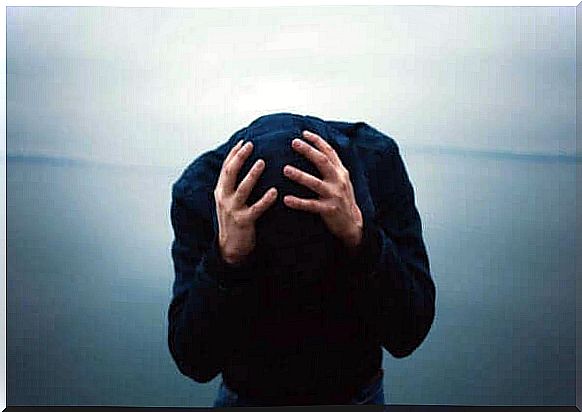
Bipolar disorder caused by other medical conditions or drug abuse
Of all the different types of bipolar disorder, this is the most unspecified. Why? Because some people do not show a certain pattern, in contrast to the above types. However , they are given this diagnosis because of their mood swings, medical background and behavior.
Many of these cases have two causes: either the person is suffering from a disease (such as schizophrenia) or the person is addicted to a certain substance.
In summary, we can state that the different types of bipolar disorder describe different situations, but they are all equally serious.
However, it is important to emphasize a few points here. First of all, it is possible to keep control of violent mood swings with the right treatment. In this way, patients can be offered a better quality of life.
Secondly, it is very valuable that they receive psychological support. In this way, they can learn to develop new skills and improve their relationships, both at work and within the family. With the help of medical and psychological guidance, patients can achieve independence and live satisfying lives.
